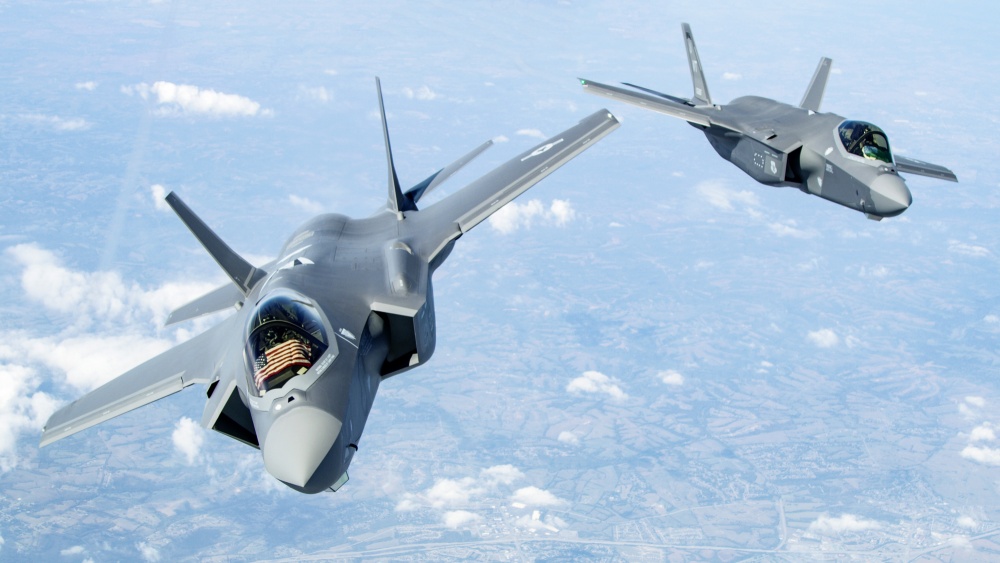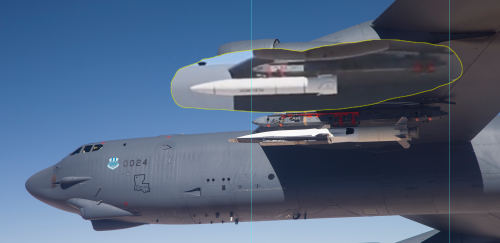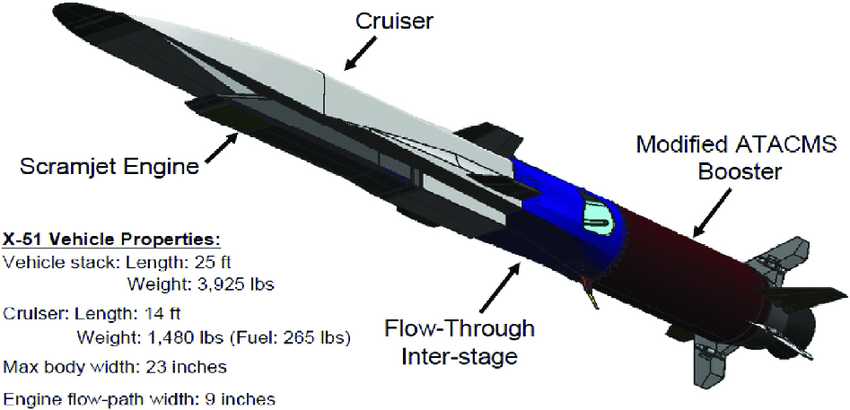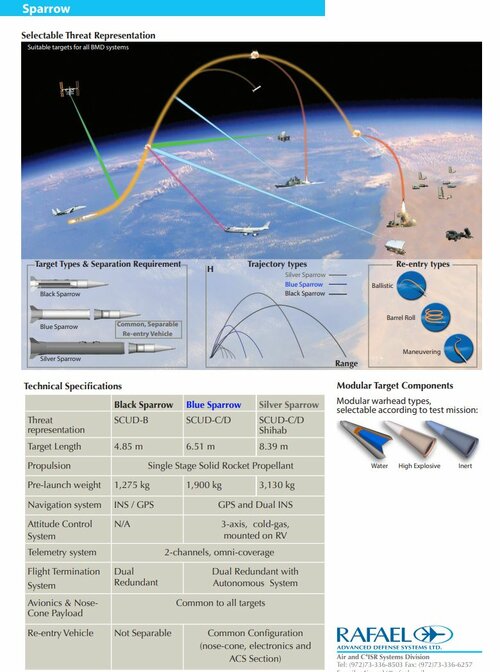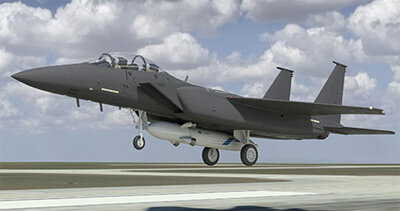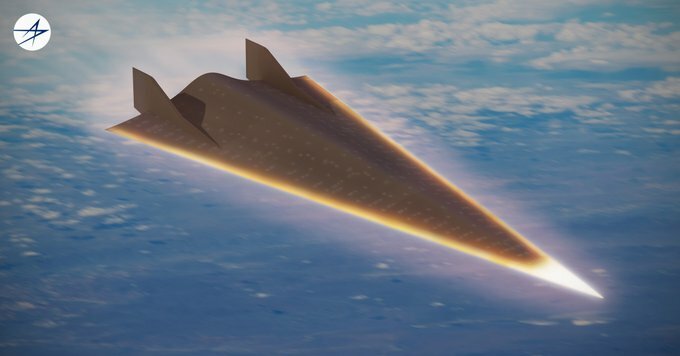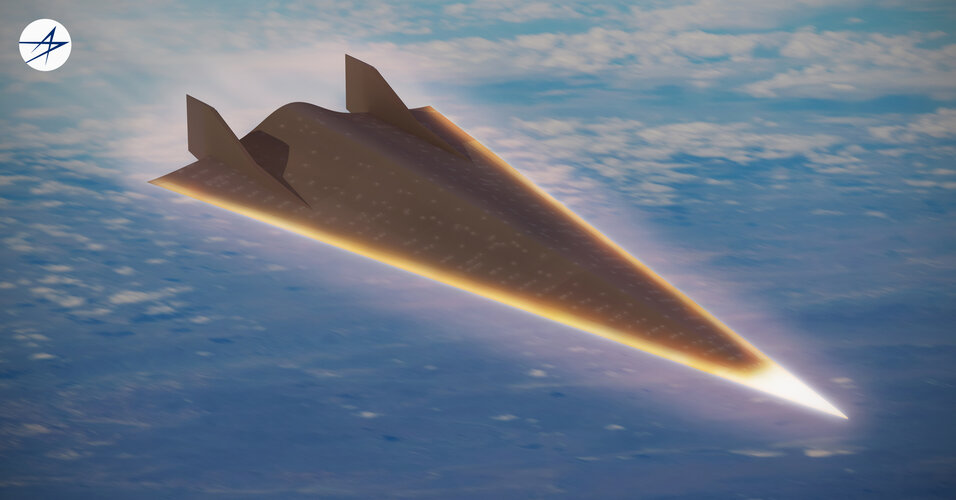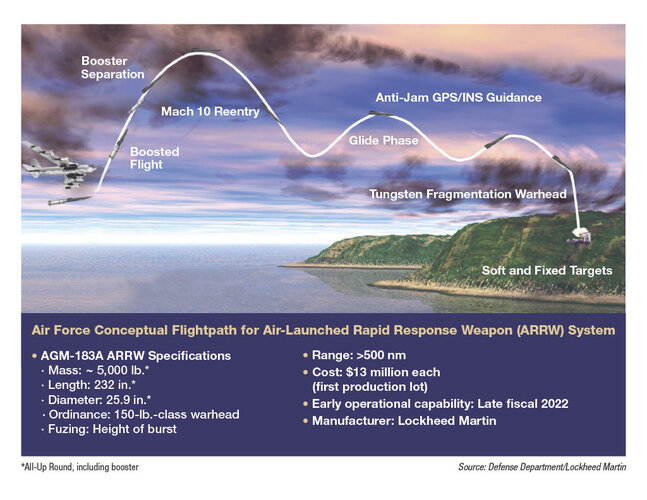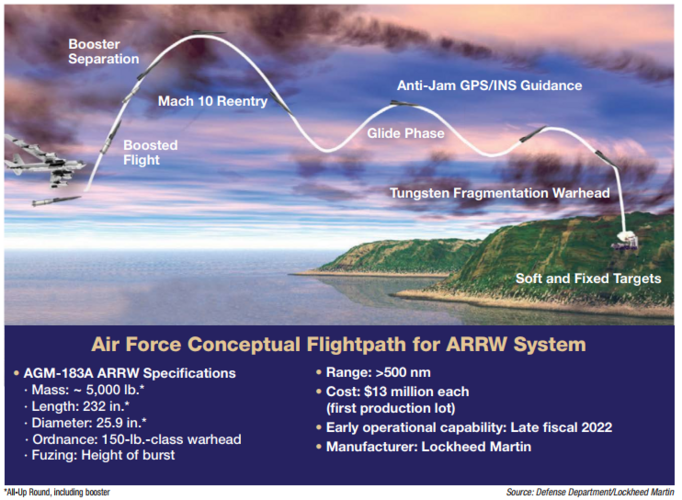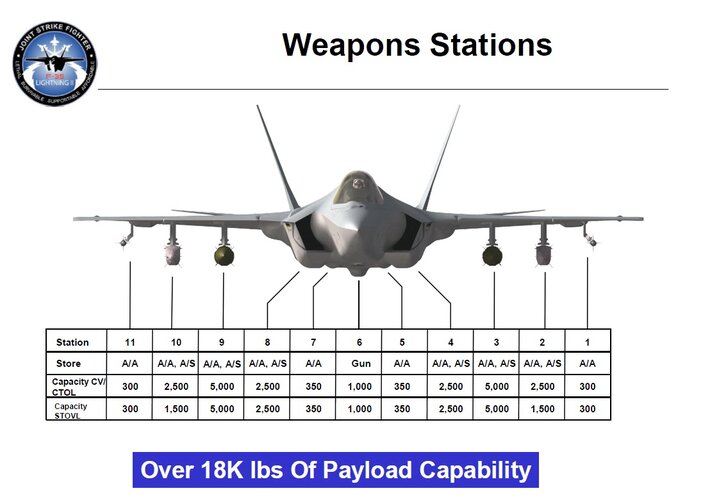Kat Tsun
eeeeeeeeeeeeeee
- Joined
- 16 June 2013
- Messages
- 1,371
- Reaction score
- 1,778
If you think speed is all that matters for cruise missiles, you should rethink how you imagine cruise missiles are used. And possibly a lot of other things.
I still don't know where you're getting the idea that Mach 3 is somehow better for a cruise missile than subsonic.
Speed is, broadly speaking, a detriment, until you go so fast that you can't be reasonably intercepted. Literally everyone in the world will see you coming, and this is not good for a cruise missile, because once you know where a cruise missile is it is fairly trivial to intercept it with an airplane. Generally speaking weapons like ALCM, Tomahawk, LRASM, JASSM, JSOW, Storm Shadow, SCALP, and ACM survive by being not detected until they are basically on top of the target. Then you expect a few losses from terminal air defenses like AAA, but you're usually shooting enough missiles to overwhelm local air defense with targets anyway.
This is also why the USA explored LIDAR altimeters for things like ACM overland: because the radar altimeter could be detected at relatively long ranges (enough to matter) by passive RF systems like Strela-10 and Sosna-R, and possibly A-50U. The best defense against Tomahawk as it turned out was passive RF detection of the altimeter emission to guide in fighter-interceptors. You'd lose a lot of nukes that way.
This is really pretty simple, basic stuff, though.
Cruise missiles have two ideals: very low speed (subsonic, since IRSTs are good enough nowadays to detect supersonic targets from orbit, as in the case of SBIRS and its ability to detect things like Tu-22M) and very high speed (well in excess of however fast RATTLRS goes, closer to Mach 6 than Mach 3). Anything in between these two extremes is liable to be shot down. Mostly because, unlike most manned aircraft, cruise missiles neither take evasive action to evade incoming missiles, nor deploy decoys, and so the main issue becomes just finding the things. The easier you make it to find cruise missiles, the more cruise missiles you will lose, and the more you need to fire.
I'm not an economist but I think if you make the cost to neutralize a particular target higher on yourself, and you willingly do this, you're not investing money very smartly. Thankfully the USN is smarter than Lockheed and didn't go for RATTLRS when it had perfectly adequate Tomahawk all along, which sends bigger bombs further distances in a smaller package.
Now, I dunno about you, but I think sending a payload that's about half again to twice as big (1,000 or 750 lbs versus 500 lbs), half again as far (1,500 kilometers versus 1,000 kilometers), is better. Even if it takes another hour or so.
Pretty much everything that Tomahawk attacks, from ships to airbases, doesn't really go that far in an hour, and TACTOM can be retargeted in flight if the target actually moves fast-ish, like a truck. The difference between RATTLRS and Tomahawk is that TLAM might actually hit the thing at the edge of its range because it can loiter, sort of like Delilah. And nothing RATTLRS offers is very compelling in the era of CEC and high performance IRSTs. Granite is likely far more trivial to kill nowadays than it was in 1985 when it first showed up. E-2 is much better now and SBIRS-LO can track the missiles through flight.
There's no reason for the USA to replicate such a dead end weapon system.
That said, for a single, time critical target, of course, like a moving TEL or something, then yeah speed is good. You don't need to cruise, loiter, or launch in mass volleys. You're hitting one single target. While we can argue about the particulars of certain targets (I don't think a hypersonic missile is a good idea to hit a Scud, for example) it is a potential option provided the rest of the ISR apparatus is setup to support it.
But again, the USAF already has AGM-183 ARRW, now. And it was testing X-51 with NASA, then. Since RATTLRS would have probably entered service around 2017 or 2018 if all goes swimmingly then I don't see the benefit.
The USN would have been far more interested, as would the rest of DOD, in getting a Mach 5-6 missile as opposed to a slowpoke snoozer like RATTLRS. So it offers nothing. Perhaps if Lockeed had marketed it as "EATRS" they would have gotten a better response though. There's nothing "revolutionary" about RATTLRS, as it's broadly comparable to P-800 or Brahmos at the end of the day.
I still don't know where you're getting the idea that Mach 3 is somehow better for a cruise missile than subsonic.
Speed is, broadly speaking, a detriment, until you go so fast that you can't be reasonably intercepted. Literally everyone in the world will see you coming, and this is not good for a cruise missile, because once you know where a cruise missile is it is fairly trivial to intercept it with an airplane. Generally speaking weapons like ALCM, Tomahawk, LRASM, JASSM, JSOW, Storm Shadow, SCALP, and ACM survive by being not detected until they are basically on top of the target. Then you expect a few losses from terminal air defenses like AAA, but you're usually shooting enough missiles to overwhelm local air defense with targets anyway.
This is also why the USA explored LIDAR altimeters for things like ACM overland: because the radar altimeter could be detected at relatively long ranges (enough to matter) by passive RF systems like Strela-10 and Sosna-R, and possibly A-50U. The best defense against Tomahawk as it turned out was passive RF detection of the altimeter emission to guide in fighter-interceptors. You'd lose a lot of nukes that way.
This is really pretty simple, basic stuff, though.
Cruise missiles have two ideals: very low speed (subsonic, since IRSTs are good enough nowadays to detect supersonic targets from orbit, as in the case of SBIRS and its ability to detect things like Tu-22M) and very high speed (well in excess of however fast RATTLRS goes, closer to Mach 6 than Mach 3). Anything in between these two extremes is liable to be shot down. Mostly because, unlike most manned aircraft, cruise missiles neither take evasive action to evade incoming missiles, nor deploy decoys, and so the main issue becomes just finding the things. The easier you make it to find cruise missiles, the more cruise missiles you will lose, and the more you need to fire.
I'm not an economist but I think if you make the cost to neutralize a particular target higher on yourself, and you willingly do this, you're not investing money very smartly. Thankfully the USN is smarter than Lockheed and didn't go for RATTLRS when it had perfectly adequate Tomahawk all along, which sends bigger bombs further distances in a smaller package.
Now, I dunno about you, but I think sending a payload that's about half again to twice as big (1,000 or 750 lbs versus 500 lbs), half again as far (1,500 kilometers versus 1,000 kilometers), is better. Even if it takes another hour or so.
Pretty much everything that Tomahawk attacks, from ships to airbases, doesn't really go that far in an hour, and TACTOM can be retargeted in flight if the target actually moves fast-ish, like a truck. The difference between RATTLRS and Tomahawk is that TLAM might actually hit the thing at the edge of its range because it can loiter, sort of like Delilah. And nothing RATTLRS offers is very compelling in the era of CEC and high performance IRSTs. Granite is likely far more trivial to kill nowadays than it was in 1985 when it first showed up. E-2 is much better now and SBIRS-LO can track the missiles through flight.
There's no reason for the USA to replicate such a dead end weapon system.
That said, for a single, time critical target, of course, like a moving TEL or something, then yeah speed is good. You don't need to cruise, loiter, or launch in mass volleys. You're hitting one single target. While we can argue about the particulars of certain targets (I don't think a hypersonic missile is a good idea to hit a Scud, for example) it is a potential option provided the rest of the ISR apparatus is setup to support it.
But again, the USAF already has AGM-183 ARRW, now. And it was testing X-51 with NASA, then. Since RATTLRS would have probably entered service around 2017 or 2018 if all goes swimmingly then I don't see the benefit.
The USN would have been far more interested, as would the rest of DOD, in getting a Mach 5-6 missile as opposed to a slowpoke snoozer like RATTLRS. So it offers nothing. Perhaps if Lockeed had marketed it as "EATRS" they would have gotten a better response though. There's nothing "revolutionary" about RATTLRS, as it's broadly comparable to P-800 or Brahmos at the end of the day.
Last edited:

